Non-Hodgkin lymphoma (NHL) is a neoplasm of the lymphoid tissues originating from B cell precursors, mature B cells, T cell precursors, and mature T cells. It includes all types of lymphomas apart from Hodgkin lymphoma.
See the WHO classification of haematolymphoid tumors for further information on subtypes.
On this page:
Clinical presentation
Up to two-thirds of patients present with peripheral lymphadenopathy. ~50% of patients develop extranodal disease (secondary extranodal disease) during the course of their disease, while between ~25% (range 10-35%) of patients have primary extranodal lymphoma at diagnosis.
Less common presenting symptoms include:
skin rash
increased hypersensitivity reactions to insect bites
generalized fatigue
pruritus
malaise
Symptoms of primary gastrointestinal (GI) tract lymphoma include:
nausea and vomiting
aversion to food
weight loss
fullness of the abdomen
early satiety
visceral obstruction-related symptoms
features of acute perforation and gastrointestinal bleeding
features of malabsorption syndrome
Symptoms of primary central nervous system (CNS) lymphoma include:
headaches
features of spinal cord compression
lethargy
focal neurologic deficits
seizures
paralysis
Treatment and prognosis
Management is highly variable depending on the exact type and staging of non-Hodgkin lymphoma, but generally, management options include:
-
chemoimmunotherapy
e.g. regimens such as R-CHOP (rituximab + cyclophosphamide + doxorubicin hydrochloride + vincristine + prednisolone) for some types of diffuse large B-cell lymphoma
e.g. regimens such as R-CODOX-M/IVAC (rituximab + cyclophosphamide + vincristine + doxorubicin + high-dose methotrexate, alternating with ifosfamide + etoposide + cytarabine) for some types of Burkitt lymphoma
radiation therapy, e.g. for early stage follicular lymphoma
hematopoietic stem cell transplantation: usually only in refractory disease
chimeric antigen receptor (CAR)-T cell therapy: usually only in refractory disease
Management options for non-Hodgkin lymphoma is a very dynamic field, with many new and trial/experimental therapies being utilized.
Prognosis
Non-Hodgkin lymphoma can be divided into two groups, "indolent" and "aggressive", based on the prognosis.
Indolent lymphoma:
tends to have waxing and waning lymphadenopathy for many years
e.g. follicular lymphoma, chronic lymphocytic leukemia/small lymphocytic lymphoma, and splenic marginal zone lymphoma
Aggressive lymphoma:
often associated with non-specific B symptoms such as weight loss, night sweats, and fever, and can result in death within a few weeks if untreated
e.g. diffuse large B cell lymphoma (DLBCL), Burkitt lymphoma, precursor B and T cell lymphoblastic leukemia/lymphoma, adult T cell leukemia/lymphoma, and certain other peripheral T cell lymphomas


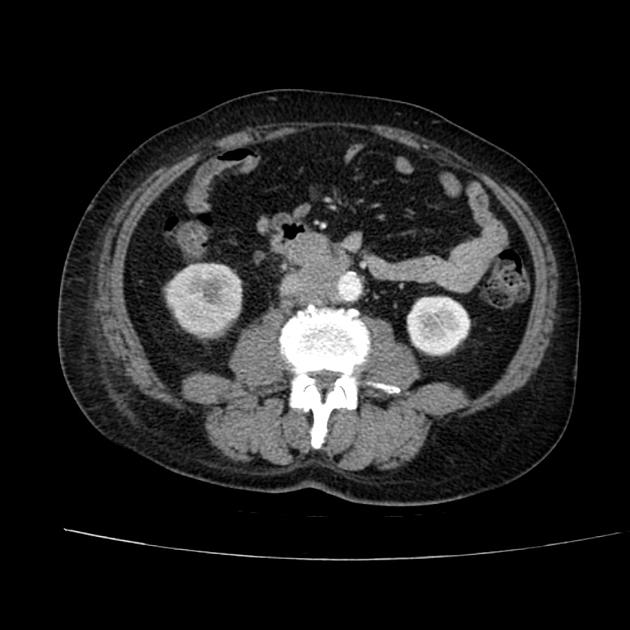

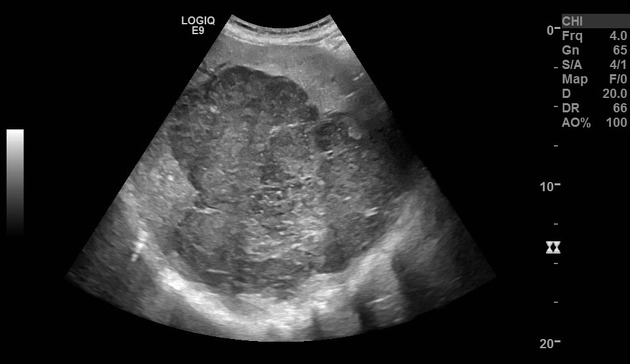
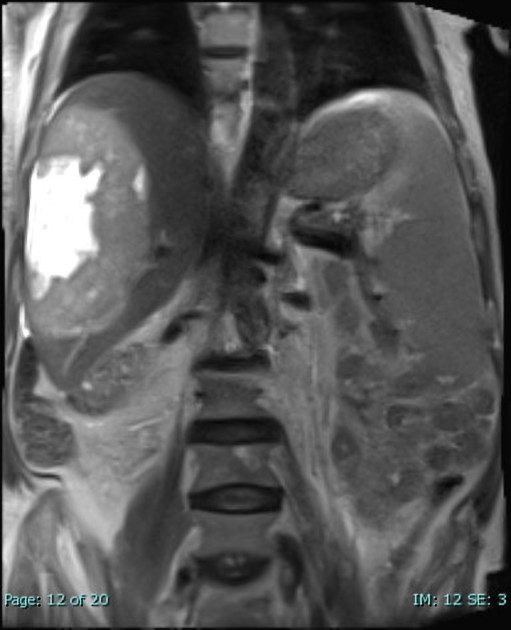
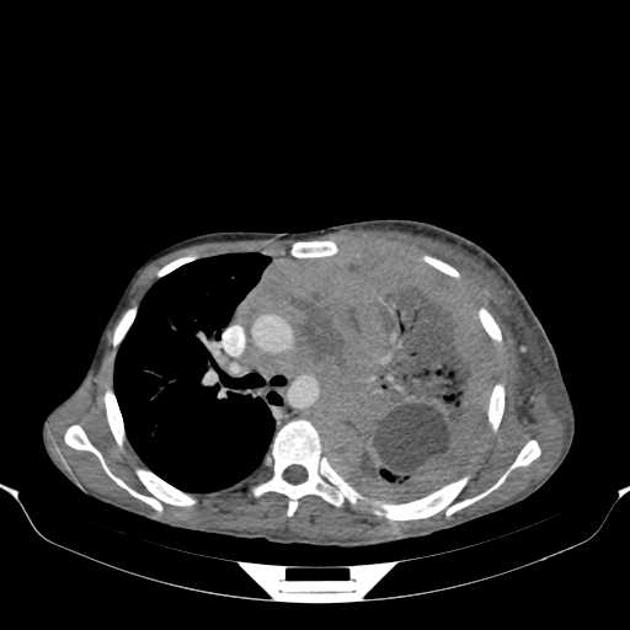
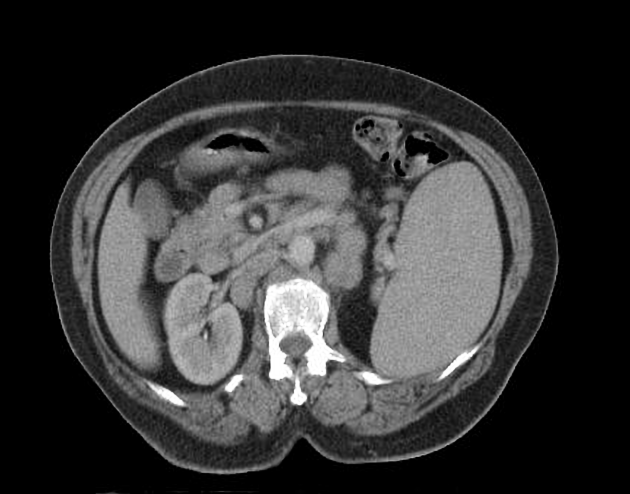
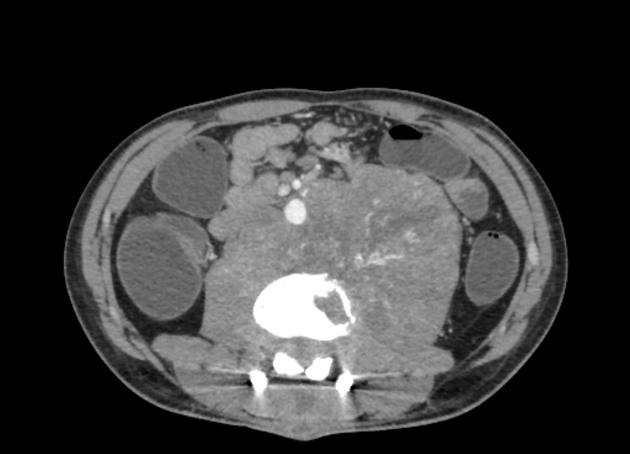
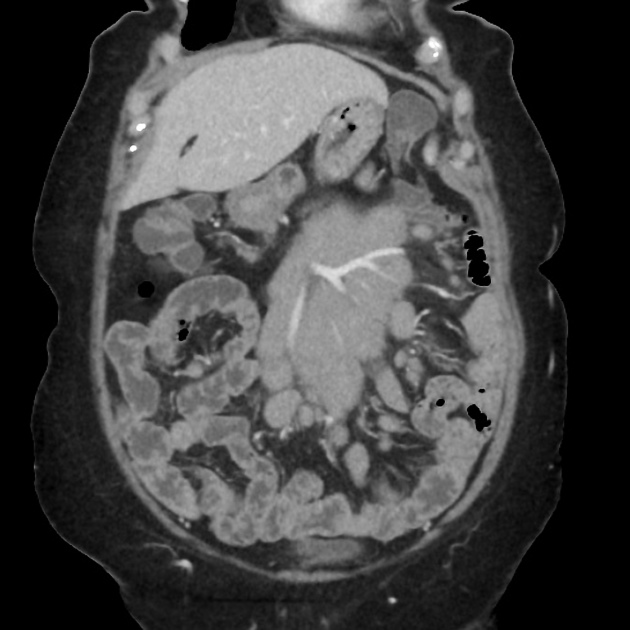
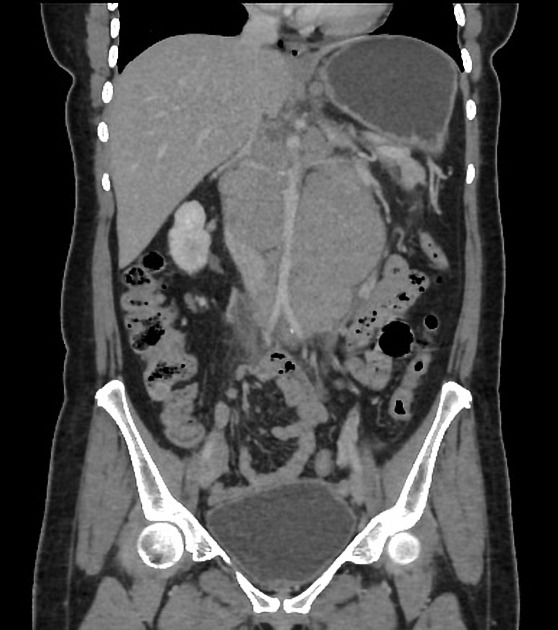
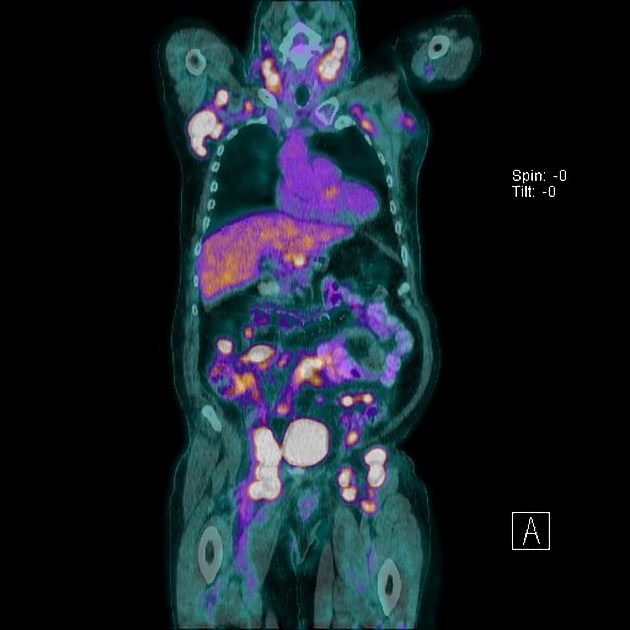
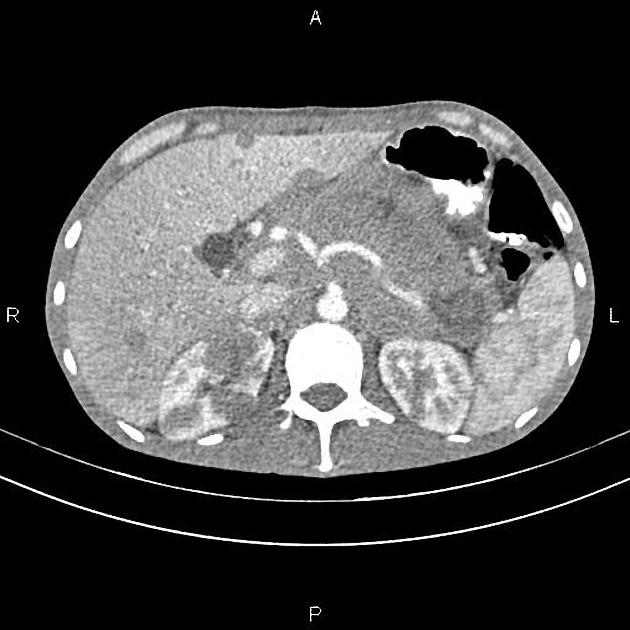
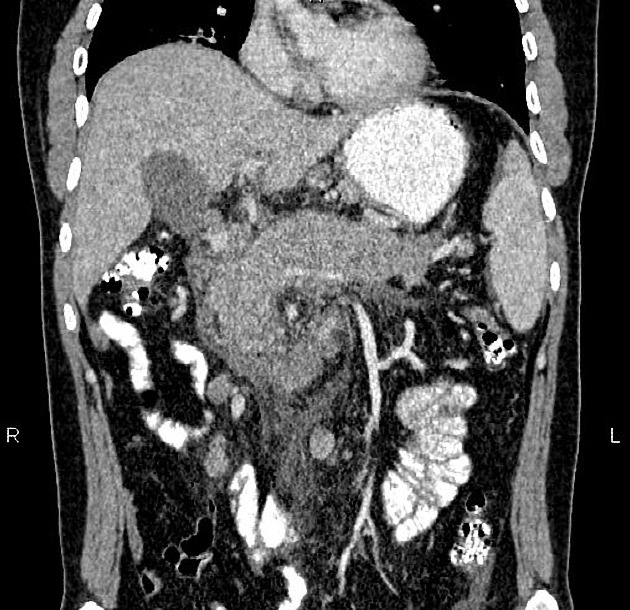
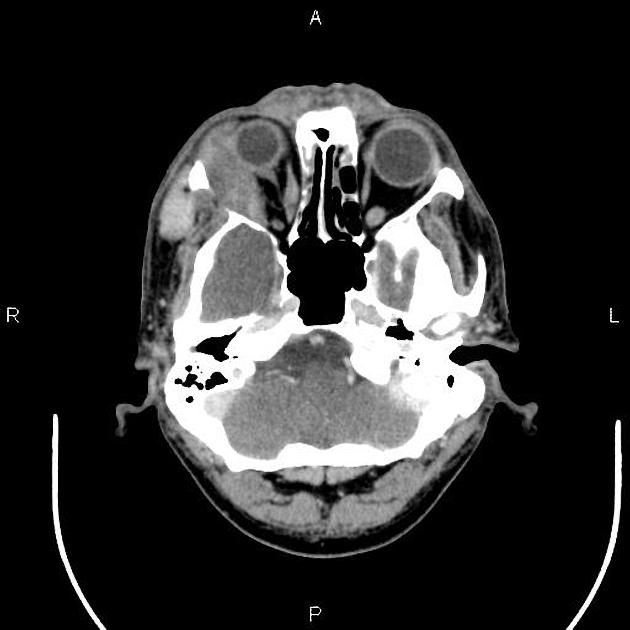
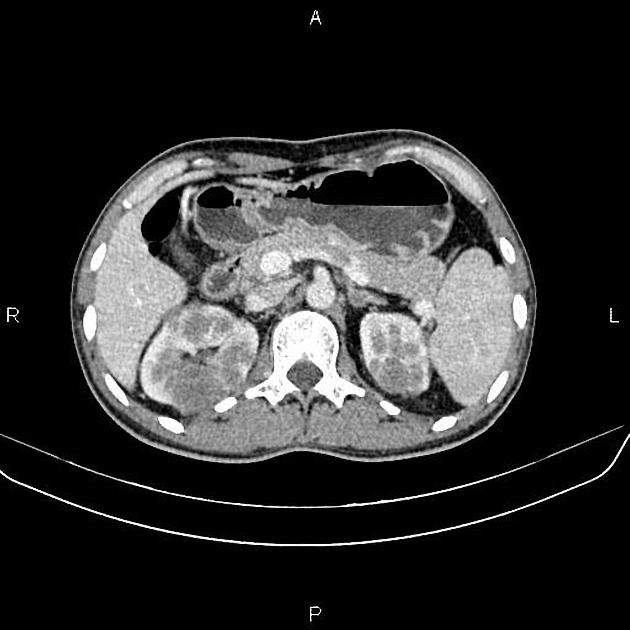
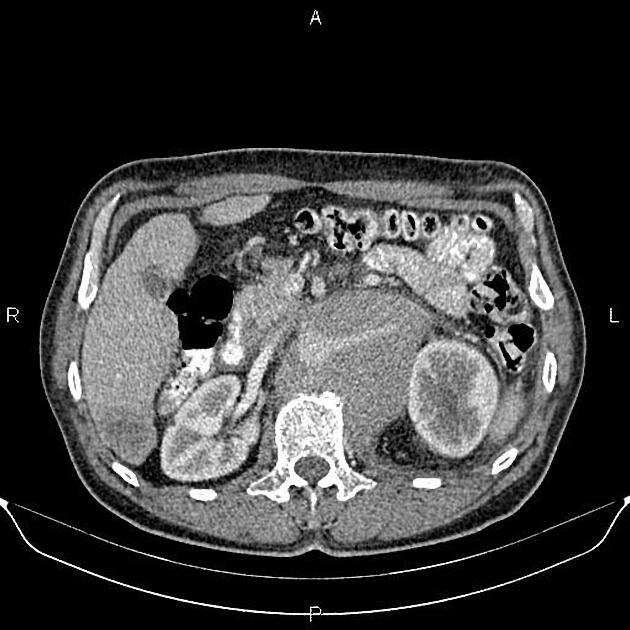
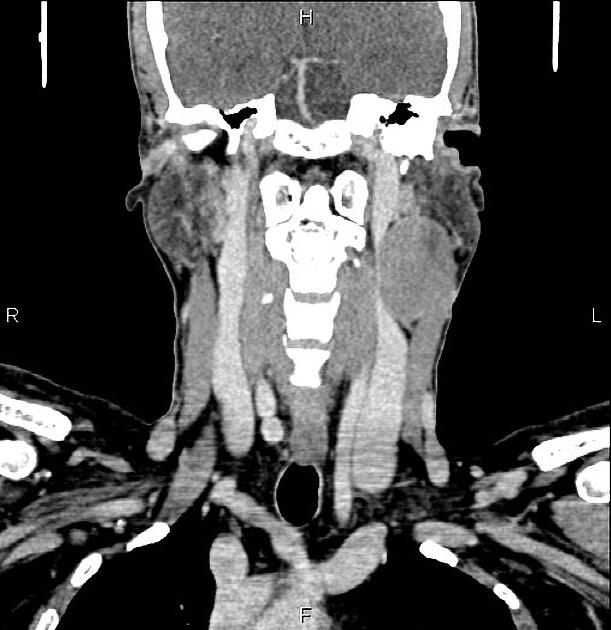
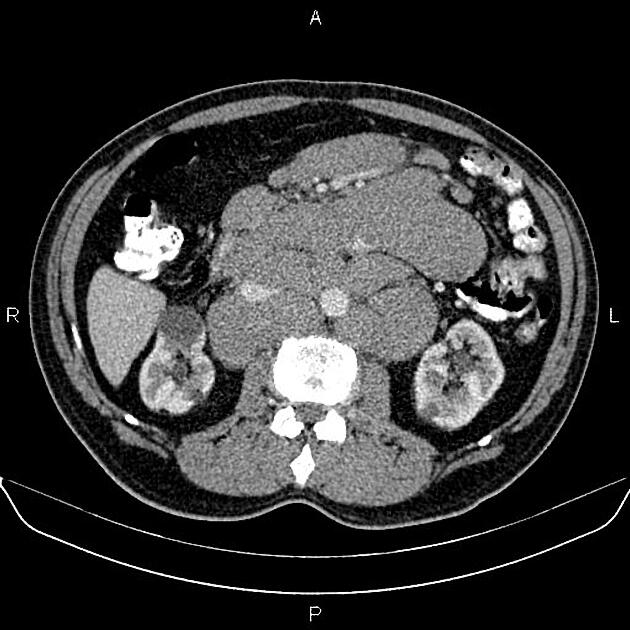


 Unable to process the form. Check for errors and try again.
Unable to process the form. Check for errors and try again.